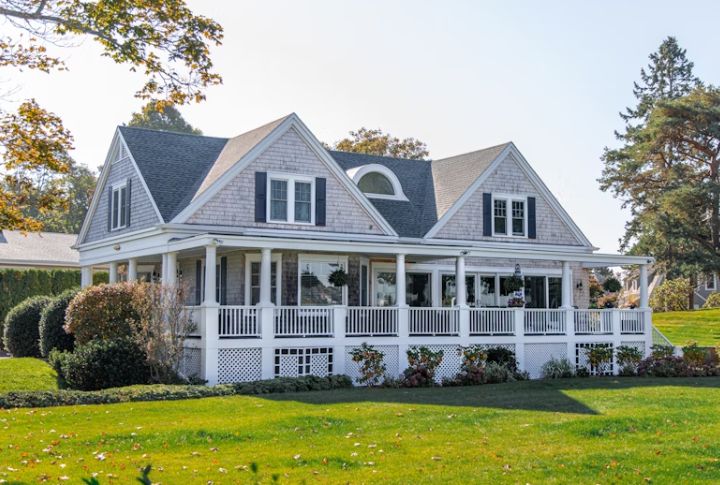
Buying a brand-new home sounds dreamy until reality shows up in builder boots. There’s a lot to love, and plenty that’s…less lovable. We’re keeping it real. First up? The bright side. Scroll through the perks before we dive into the not-so-glamorous truths no one warns you about.
Modern Floor Plans And Stylish Designs
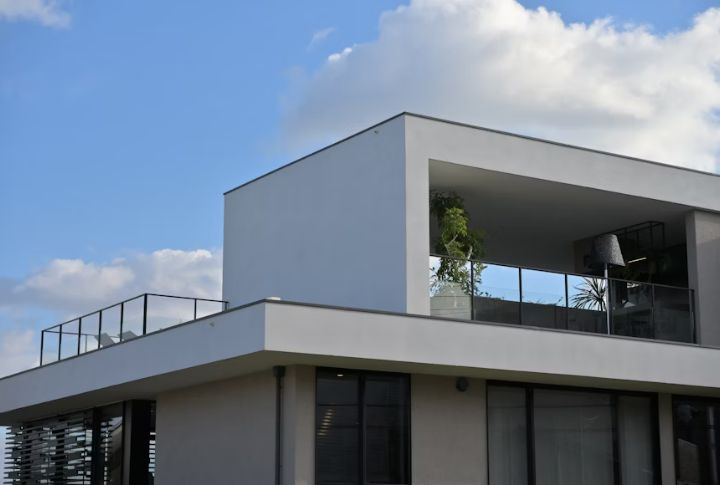
New construction homes usually include open layouts that improve natural light and movement. Most feature spa-style bathrooms, larger kitchens, and walk-in closets. Flex rooms also meet modern needs. Plus, energy-efficient windows and tall ceilings all contribute to a more practical and comfortable space.
Lower Maintenance And Repair Costs

Materials and systems used today require less maintenance in the early years. Warranties also cover major components like HVAC and water heaters, cutting unexpected costs. Repairs and inspections happen less often, which makes it easier to plan and control your maintenance budget.
High Energy Efficiency
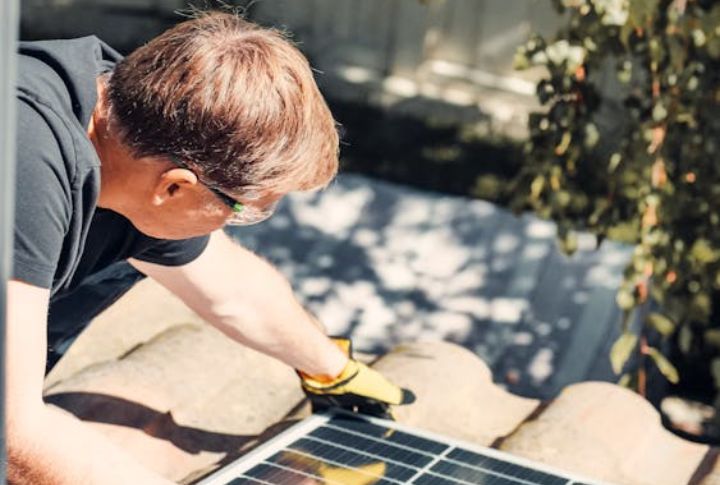
Better insulation, double-pane windows, and tighter construction help prevent energy loss. Most builds include Energy Star appliances and smart features like LED lighting and programmable thermostats. These upgrades reduce utility costs and maintain comfort without needing extra effort from the homeowner.
Comprehensive Warranty Coverage

Structural warranties frequently cover foundations for up to 10 years. At the same time, workmanship and systems have a typical protection of 5 years. Builders fix problems like plumbing leaks or drywall cracks without charging homeowners. Many warranties transfer to future buyers, adding value and protection long after the sale.
Smart Home Technology Included
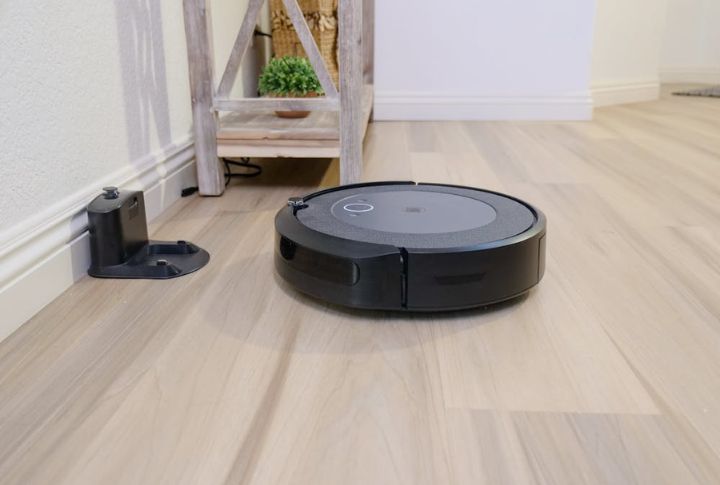
New builds often come with smart features like video doorbells and app-controlled lighting. Most are prewired for fast internet and automation systems. Smart locks, garage doors, and integrated security systems are also common. Best of all, you won’t need pricey upgrades after moving in.
Built To The Latest Safety Standards

Imagine a home built strong and safe, following the latest codes. Fire-resistant materials guard against danger, while advanced wiring lowers risk. Smoke and CO2 alarms watch over every room. Fresh air flows through ventilation. In vulnerable areas, homes stand ready to face storms.
Move-In Ready With No Renovations Needed
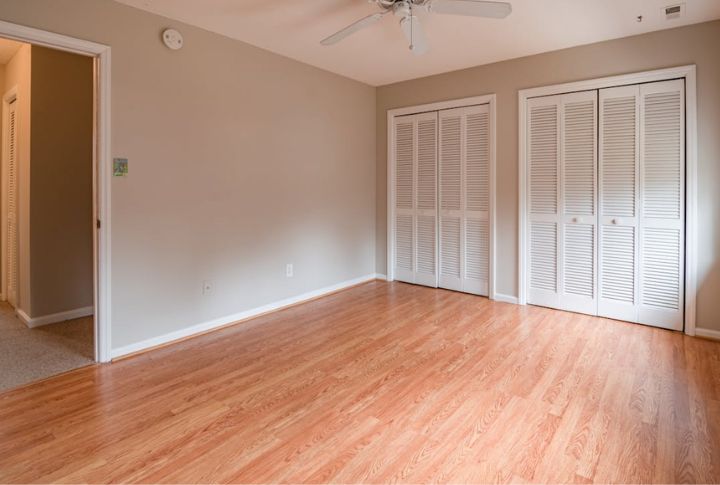
No need to worry about peeling wallpaper or scratched floors. Everything from appliances to finishes is brand new and under warranty. Skip costly remodels or deep cleaning. Homes also meet current codes, so inspections don’t bring surprises. Move in right away and start enjoying your fresh space.
Access To New Community Amenities

Many new developments include gated communities, pools, clubhouses, and fitness centers. Parks, bike trails, and dog parks provide outdoor spaces. HOAs often manage maintenance, trash, and snow removal. Security patrols or monitored entrances improve safety. Community events encourage neighborly interaction.
Better Resale Appeal In the Long Term
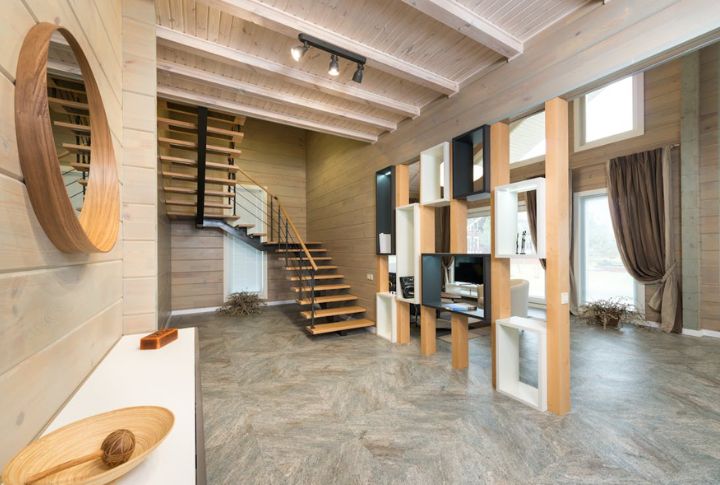
New homes attract higher offers due to modern features and energy savings. They require fewer repairs or upgrades before resale. Warranties and smart technology increase market value. These homes usually pass inspections easily, improving chances for a smooth sale and better long-term investment.
Alright, now let’s flip the script—here come the reasons a shiny new home might not be all it’s cracked up to be.
Higher Upfront Costs

Expect to pay more for a new construction home. Base prices may even leave out essentials like window treatments or landscaping. Optional upgrades drive costs higher. Additional expenses, such as HOA dues or infrastructure fees, also apply. Builders rarely budge on closing costs, so budget accordingly.
Longer Wait Times To Move In

New builds usually require 6–12 months to complete. Delays are often caused by labor shortages, supply issues, or weather. The move-in date depends on the construction timeline. Temporary housing or rental arrangements might be necessary during this period.
Location May Be Less Central
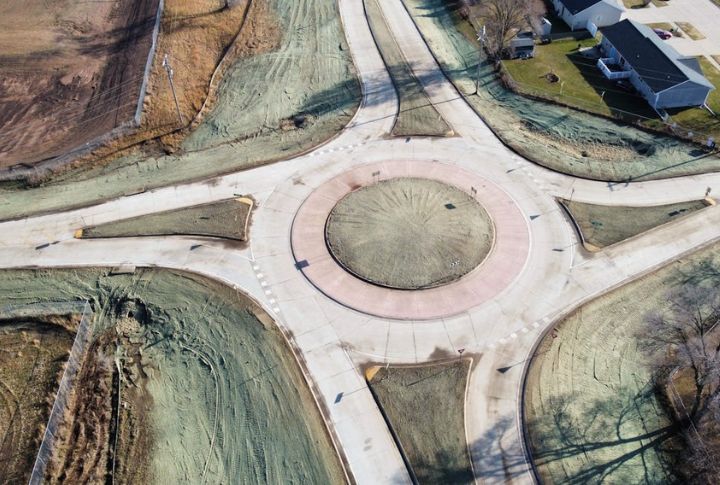
Most new homes sit on the outskirts, which often means longer drives to work or downtown. Nearby essentials like schools and stores may not be open. Public transportation is often limited. Walkability is low, so plan for car-based errands while the area continues to develop.
Costly Upgrades And Add-Ons
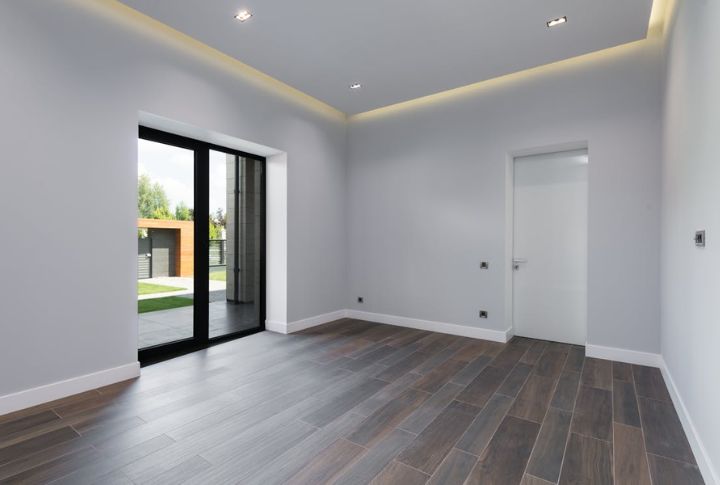
That dream kitchen or fancy flooring? It’ll cost extra. Standard models stick to the basics, but nicer finishes send prices soaring. Want a bigger bedroom or an extra garage? That adds up fast, too. Even light fixtures and cabinet hardware can come with surprise markups. It’s easy to exceed the budget when designing.
Unfinished Neighborhood Or Construction Nearby

Moving into a new home usually means accepting unfinished surroundings. Ongoing construction can create noise, dust, and traffic. Sidewalks or amenities may not be available for months. Active build zones also raise safety concerns. Buyers should be prepared for daily disruptions during the development phase.
Smaller Lot Sizes
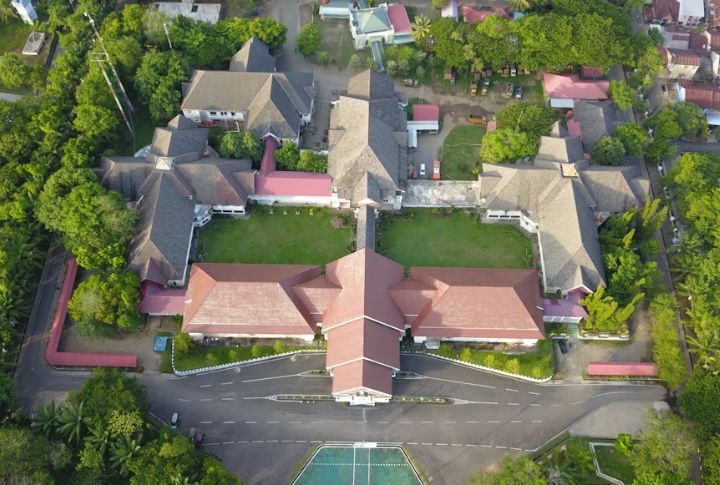
Developers often prioritize volume, leaving buyers with smaller lots. Yard space is limited, and homes are built closer together. This tighter layout can reduce privacy and make outdoor upgrades difficult. It’s common for newer homes to back directly onto other properties or busy streets.

